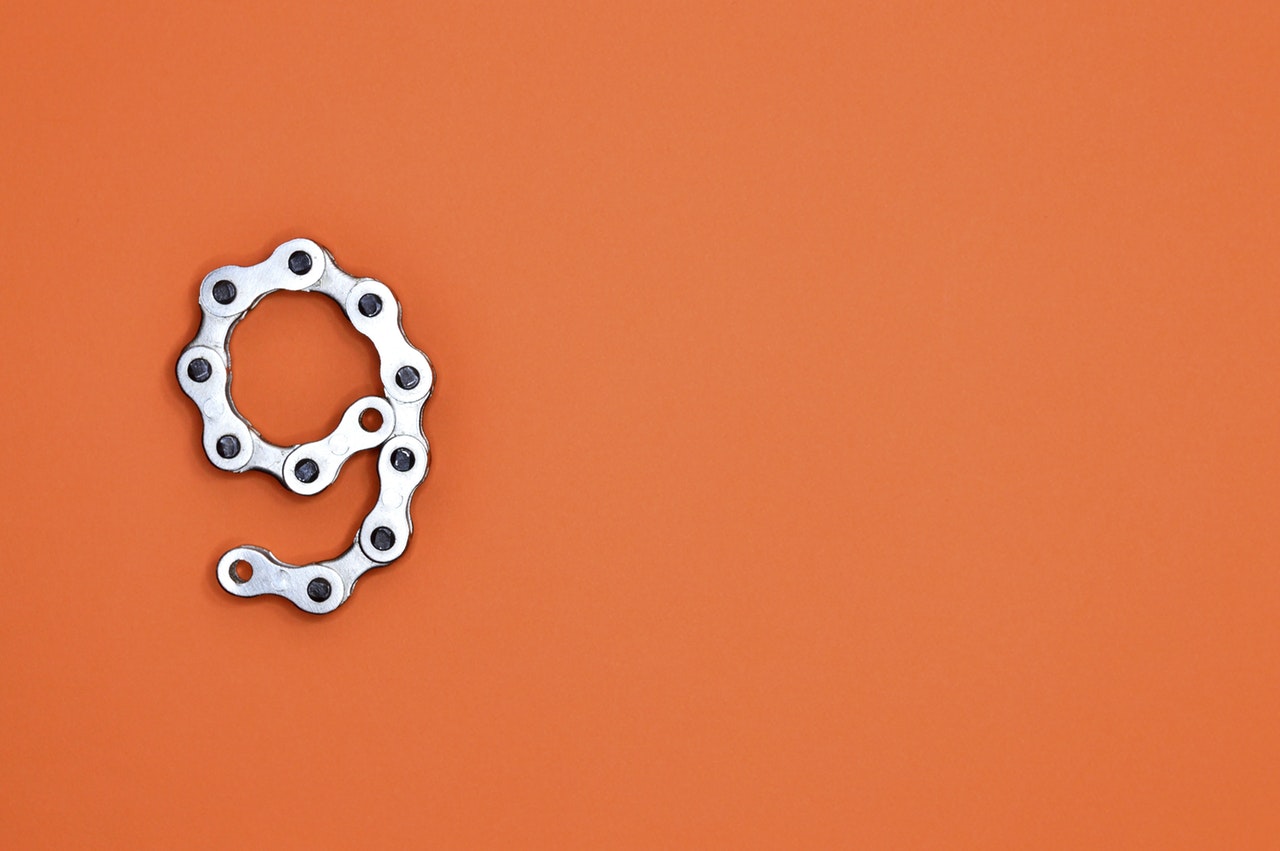How to Price Your Self-Published Book

One of the most difficult tasks you’ll ever face as a self-published author is to come up with the perfect price for your book. Don’t put off pricing or consider it only as an afterthought. It can be easy to assign an arbitrary price to your magnum opus, but if you do, you’re setting yourself up for failure.
Price your book too high, and you’ll alienate your audience. Price your book too low, and you’ll lose potential sales (while also managing to alienate your audience for reasons we’ll get into below). So much goes into the pricing of your book— from your experience to your subject matter to genre and length, you have to take into account every single element that you’ve invested into your book.
Shove your ego aside. Push your humility even further. It’s time to slip into the mystical world of book pricing. Let’s go.
Here are a few more things to consider before pricing your self-published book. Subscribe to receive this extra resource:
Why Pricing Matters
Pricing is important because it reflects all of the time and tears that you’ve invested in your work. But pricing can’t be exact because you cannot precisely quantify those intangibles.
So, you’ve spent six months writing a book— Should you charge $9.99 for each copy? When you do the math, $9.99 means that you’re getting paid somewhere around $0.05 a day to write. Yikes. You’d have to sell quite a few books to make a living wage at that rate.
However, pricing isn’t that cut and dry because you probably write as a passion. Storytelling is something you’d do for free. When you consider it from that perspective, any book purchase is a gift. It’s a validation of you as a writer.
This is why book pricing is both an art and a science. Don’t you hate when people say that? But in this case, it’s not just a cliche. There’s no set formula for pricing your book. In the end, it boils down to positioning, but also other contributing factors include your experience as an author, your ability to tap into the emotions of your prospective readers, and market demand for your subject matter.
How to Choose the Right Price for Your Self-Published Book
Let’s discuss how to settle on the perfect price for your book.
Set Realistic Expectations
The first, and perhaps most important, thing to remember when pricing your book is to be realistic. For how much are you most likely to sell your book?
Fortunately, you don’t need to consult a crystal ball for the answer. You can simply take a look at the marketplace along with relevant statistics to get your answer.
According to this statistic provided by the Science Fiction and Fantasy Writers of America, the average self-published print book sells approximately 250 copies over its lifetime. If you sell at $9.99, you’ll make less than $2,500 once you account for printing and shipping costs.
That said, the more books you publish, the more books you’ll be able to sell. Building up your catalog of books will help your older books continue to sell. A reader who finds you on your third or fourth book will likely want to read your older works, too. So, it’s true that the more prolific you are as a writer, the more money you’ll make in the future.
Understand the Pricing Can Be Emotional

Sometimes, pricing is all about finding an emotional hook.
One of my favorite examples of this is Margaret Kent's book, "How to Marry the Man of Your Choice" which, in 1986, sold for $95 a copy. After a controversial feature on the Oprah Winfrey show, this book went on to sell over a million copies.
A $100 book on dating? But how?
It’s all about positioning. On the Oprah show, Kent explained to the audience that they weren’t buying a book, they were buying a spouse.
Several decades later, the price of the book has certainly dropped (it’s $9.99 for the Kindle version), but the marketing lesson remains the same: You can charge whatever the heck you want to charge as long as you can get someone to buy it at that price.
The only way to do that is to tap dance on the prospective reader’s emotions. You already have to appeal to their desires in order to get them to buy your book, but if you want them to spend above the norm, you must appeal to their primal emotions. Being on Oprah doesn’t hurt either!
Check Out the Competition
Before you price your self-published book, you should also check out the competition. No matter what you’ve written, you have competitors vying for the attention of the same audience. It’s important that you know what your audience is already paying for similar stories. When you know how much readers are willing to pay, you’ll be able to set your own book price at a comparable rate.
This matters because your prospective reader doesn’t want to pay an astronomically high price for your story when they can get a similar adventure for much less. While your book may be a lot better than your competitors, the prospective reader doesn’t know that yet. They’re judging your book based on its cover, blurb, and reviews. In order to appeal to these readers, you have to be in the same price range as what they normally read (unless you can do an incredible job of manipulating emotions through marketing).
However, don’t get tempted to undercut your competitors by charging a low price for your self-published book, either. Not only can that pull down your genre, it has the deleterious effect of making your book look less desirable than the competition. Prospective readers will reason that you’re charging such a low price because your book is actually inferior to your competitors.
Go for the Tried and True Pricing Formula

You’ve already been exposed to the unfortunate truth: Pricing is all about mind games. One of the most popular psychological pricing tricks is to end your price in an odd number (i.e. $3.99). There’s something about .99 that seems so much more affordable than $1.00, even if only by a penny. In fact, studies have shown that buyers are willing to pay more for something because the price ends in an odd number, like 9 or 5. (The number 9 is the most popular.)
For this reason, consider selling your book at a price ending in .99.
Speaking of which, when selling ebooks, $3.99 is the perennial favorite. It’s right in the sweet spot:
- The price ends in an odd number
- The price is popular and therefore comparable to the majority of other ebooks
- The price is low risk for the reader— They’ve only spent $3.99 on a book (less than a fancy coffee)
Consider Your Royalties
Let’s talk about royalties.
A royalty is how much you’ll pocket from each purchase of your book. For ebooks, the royalty depends on which online retailer you choose to sell your book through. It also depends on the list price.
For example, if you choose to sell your self-published ebook on Amazon.com, you’ll receive 35 percent for books priced $2.98 or under. For books priced between $2.99 and $9.99, you’ll receive 70 percent of the sale. For books priced between $10 to $200, you’ll drop back down to a royalty percentage of 35 percent again.
You may think, Wow, Amazon is taking one heck of all the earnings. That’s true, they are. But they’re also doing two jobs for you: Providing you a platform to sell your book and marketing it to millions.
If you compare what you’ll earn with Amazon to the 40-55 percent royalty you’ll earn from a brick and mortar bookseller, you see that Amazon often comes out the champion. A $3.99 book sold on Amazon will earn you $2.79, but at a brick and mortar bookstore, you’ll get between $1.59 and $2.19 (depending on your royalty agreement). Plus, you’ll need to factor in printing costs when dealing with a brick and mortar store.
When setting your price, remember that you’re required to sell the book for the same price at all retailers. You can’t charge less for the book on iBooks and more on Amazon. All retailers get the same price no matter what your royalty.
If you’d like to learn more about Amazon’s list price requirements, check this out.
Final Thoughts
Book pricing requires careful calculation. However, remember that pricing is a dance between emotional positioning and comparative analytics.
It’s not all science and it’s not all heart.
Before you go, check out these additional resources:
Here are a few more things to consider before pricing your self-published book. Subscribe to receive this extra resource:




